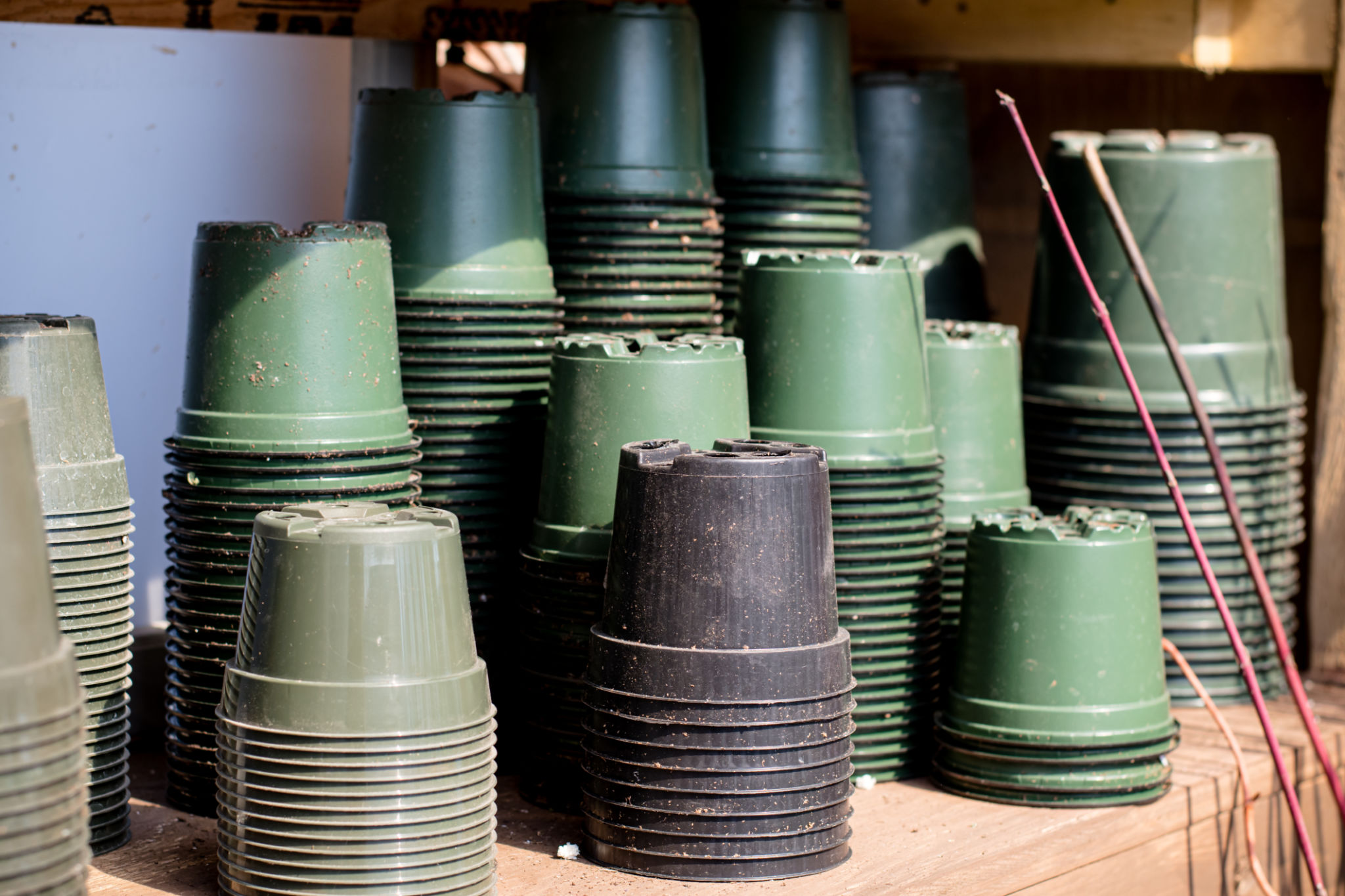The Ultimate Guide to Choosing the Right Garden Pots and Planters for Your Utah Home
Understanding Your Utah Climate
Before selecting garden pots and planters, it's crucial to understand the unique climate of Utah. With its diverse geography, ranging from snow-capped mountains to arid deserts, plant growth conditions can vary significantly. Knowing your specific climate zone will help you choose the right materials and styles for your garden containers.
In higher altitudes, such as those found in the Wasatch Range, you might experience cooler temperatures, while lower elevations can be much warmer and drier. This variation affects not only the types of plants that will thrive but also the durability and performance of your garden pots.

Choosing the Right Material
When selecting garden pots, the material is a crucial factor. Common materials include ceramic, terracotta, plastic, metal, and wood. Each type offers distinct advantages and disadvantages depending on the specific needs of your garden.
Ceramic and Terracotta: These materials are popular for their classic look and breathability, which is beneficial for plant roots. However, they can be heavy and may crack in freezing temperatures.
Plastic: Lightweight and often less expensive, plastic pots are versatile and come in a myriad of styles. They retain moisture well but may not offer the aesthetic appeal of other materials.

Metal and Wood Options
Metal Pots: Known for their modern appearance and durability, metal pots can withstand harsh weather but may heat up quickly in direct sunlight, potentially harming plant roots.
Wooden Planters: These create a rustic look and are excellent for insulation. However, they require maintenance to prevent rotting and may not last as long as other materials in moist conditions.
Size and Shape Considerations
The size and shape of your garden pots will significantly impact plant growth. Large pots are ideal for deep-rooted plants or creating a focal point in your garden. Small pots are suitable for herbs or succulents that require less soil space.
Consider the shape of the pot as well. Tall, narrow pots can be striking but may tip over easily, while wide, shallow containers work well for spreading plants. Ensure that each pot has adequate drainage holes to prevent waterlogging.

Styling Your Outdoor Space
The aesthetic appeal of your garden is important. Choose pots that complement your home's exterior and landscape design. Whether you prefer a modern minimalist look or a more traditional style, there are countless options to match your taste.
Consider grouping pots of different sizes and shapes for visual interest. Mixing materials can also add depth to your garden's appearance. Don't be afraid to experiment with bold colors or patterns to create a unique outdoor space that reflects your personality.
Maintenance Tips
Once you've chosen your pots and planters, proper maintenance is key to ensuring their longevity. Regularly check for cracks or damage, especially before winter if you live in a part of Utah that experiences freezing temperatures.
If using wooden planters, treat them with a sealant to protect against moisture. For metal pots, consider using a liner to prevent rusting. Remember that different materials require different care routines to keep them looking their best year-round.

Conclusion
Selecting the right garden pots and planters for your Utah home involves considering climate, material, size, shape, and aesthetic preferences. By understanding these factors, you can create a thriving garden that enhances your outdoor living space. With careful selection and maintenance, your chosen containers will provide a beautiful and functional addition to your landscape for years to come.